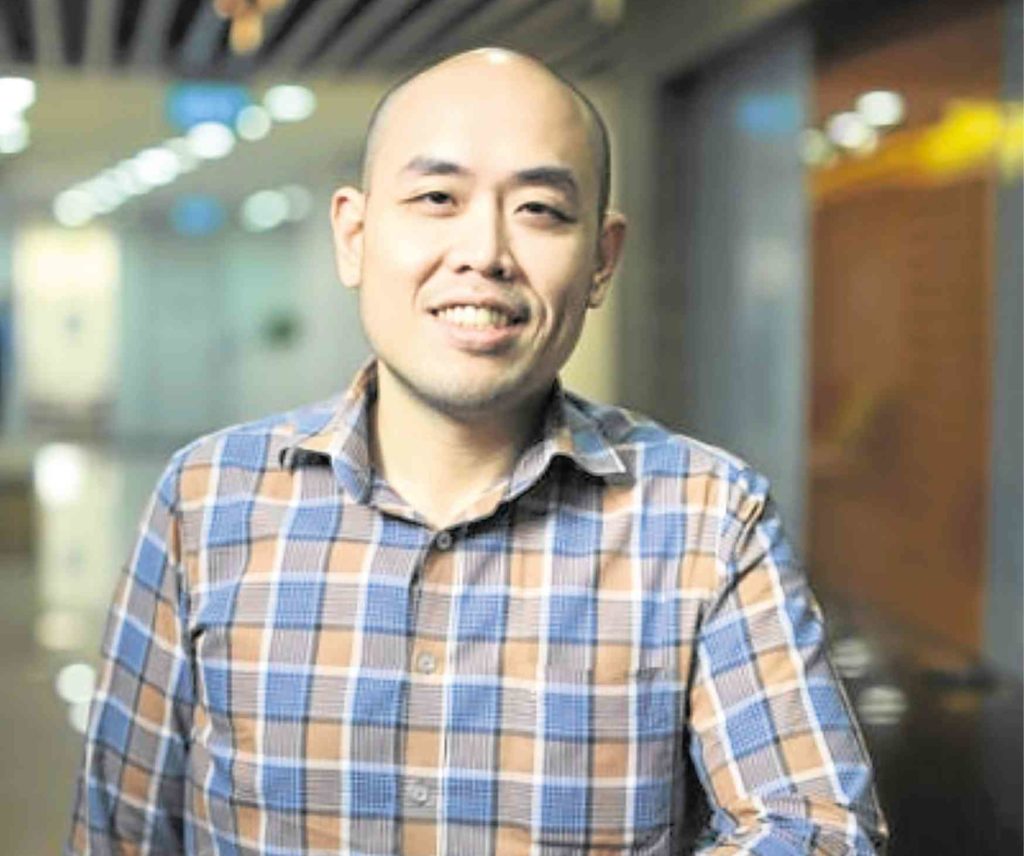Beating market leaders, one cloud at a time
Christian Lim is the chief operating officer of Microsoft Philippines. He received the Mansmith Young Market Masters Awards in 2012, back when he was still connected with PLDT. He shares his insights about digital transformation, which he says brings about people empowerment, operational efficiency, better customer engagement and business model transformation through digital technology.
Q1: Between the chief marketing officer (CMO) and chief information officer (CIO), who should lead digital transformation in a company and why?
A: Neither. Ideally it should be the CEO who leads digital transformation (DT) initiatives or they should create a DT office led by a chief digital officer (CDO) working across all different organizations in a company, such as IT, marketing, operations, etc. This is because digital transformation is not just about changing the way you engage customers (marketing) and empowering your employees (IT) but also optimizing your operations and transforming your entire business model to be faster, leaner and diverse.
Q2: Which three companies in the Philippines have great digitalization strategies and why?
A: It’s hard to say since there are a lot of companies in the Philippines already implementing DT strategies. These are the ones that stand out:
1. Union Bank of the Philippines: [It has an] impressive digital banking view and strategy to reshape the bank into a “technology company with banking utilities.” [It plays] around already with next generation solutions, i.e. blockchain, and working on an infrastructure that will allow businesses to connect with fintech players. Most importantly, they keep the customer in the center of their banking experience, as evidenced in their “Making the Diff” motto.
2. ABS-CBN: [It is] currently moving its entire productivity solutions to the cloud to empower employees to be able to work anywhere at anytime. Tremendous work [is] being done as well to gather customer feedback, to create new content and utilize data for shows, etc. [It is] making huge strides in digital convergence and transforming from an ads to a service-type business model.
3. Revolution Precrafted: [It’s a] great example of having a digital mindset to change an entire industry to “world-class home designs at your fingertips.” True to its company name, it is indeed revolutionizing and democratizing home design, architecture today.
Q3: How can market challengers use digital transformation and beat the market leader?
A: Digital transformation is about reimagining how organizations bring together people, data and processes using available technology platforms today in a more cost-efficient and agile manner. Challengers can leapfrog market leaders by developing and executing DT strategies based on the following pillars:
1. Differentiating the way you engage customers;
2. Empowering your employees;
3. Optimizing operations;
4. Transforming your products or business model.
Q4: How can smaller companies start their digital transformation without spending tons of money they don’t have?
A: Digital transformation is not about using technology to create a new business model or strategy to grow your business. It’s the other way around. Technology is just a platform to make your DT ideas happen. Today, smaller companies can start first with behavioral and cultural initiatives to drive change [even] with limited spending. Cloud and technology is also designed to be more cost-efficient (through a subscription model) so companies can avoid the usual heavy capex.
Q5: What trends have you observed in digital transformation?
A: There are so many trends that one can see and they even vary per industry and size of business. My top five are:
1. Data is now the new “electricity” which will fuel insights leading to strategies that could make or break enterprise organizations today.
2. The world that we operate in today is shifting from a “mobile first” and “cloud first” to an “intelligent cloud and intelligent edge” environment. In this world of intelligent cloud, intelligent edge, one million new devices—each hour—are expected to be connected by 2020.
3. Internet of Things (IoT) is the new norm, especially with almost 8.4 billion devices now connected to the internet.
4. Artificial intelligence (AI) is revolutionizing the way we live today. From physical search, we are now moving to a world of digital assistants (Cortana, Siri, Alexa, etc.)
5. Blockchain will become a secure platform for transactions and exchanges to happen.
Q6: It’s a question of time. Bots will eventually unemploy call center workers. How should this “golden goose” preserve its attractiveness in the Philippines?
A: First, call centers are just one aspect of the business process outsourcing industry, which I think is the real “golden goose.” The key to preserving [call centers] is to increase and transform the current skill sets of call center agents from “voice workers” to becoming “data workers” who [don’t just answer calls but are] “intelligent workers” supervising bots and AI engagement and driving and analyzing data for their customers.
